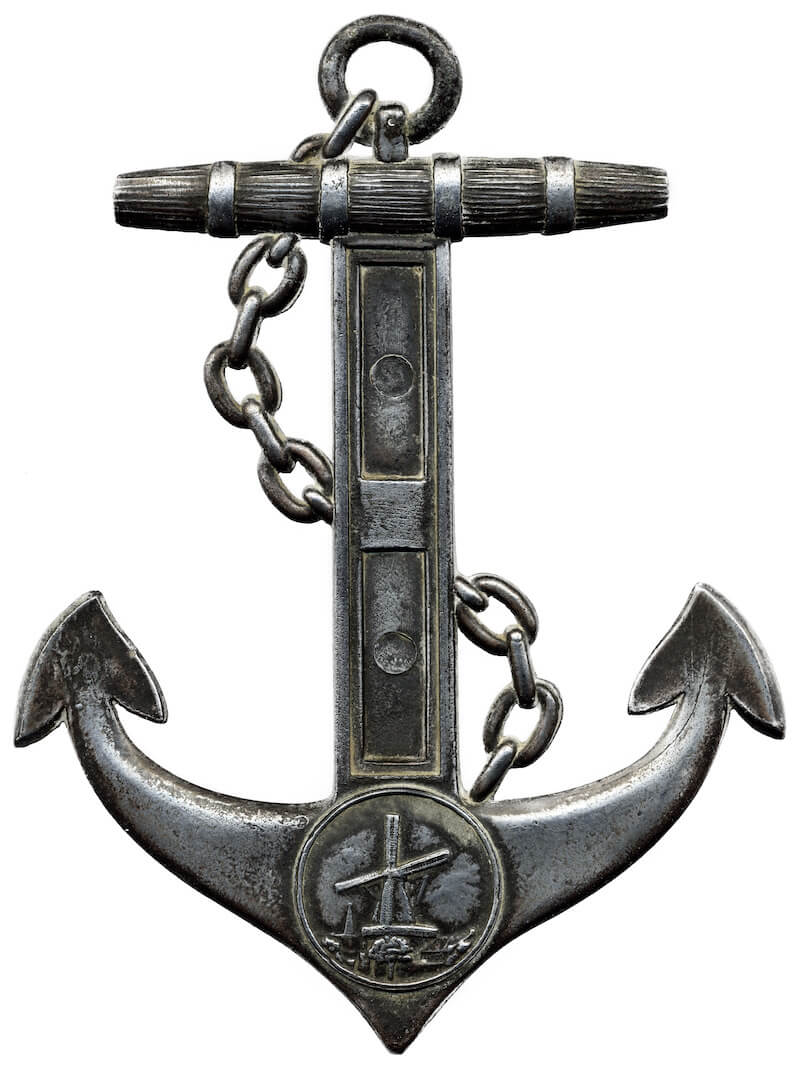
As we embark on the journey of understanding anchoring for recreational boating, it is imperative to approach the subject with both curiosity and knowledge. A well-chosen anchor not only secures your vessel, but it also contributes significantly to safety and peace of mind while you relish the open waters. This endeavor seeks to elucidate which anchor is a commendable choice for most recreational boats, providing insights into their various types, functions, and the nuances that make one truly suitable over another.
The realm of boating encompasses a diverse array of vessels—each with unique specifications and intended uses. However, most recreational boats can be categorized into a few primary types: small sailboats, powerboats, and personal watercraft. Each of these boats interacts with the water differently, thus necessitating a tailored approach when selecting an anchor. Before we delve into specific anchors, it is vital to understand the fundamental principles governing anchoring.
At its core, anchoring involves embedding a device into the seabed to prevent the vessel from drifting due to wind or current. The anchor’s effectiveness is influenced by its holding power, the type of bottom it is set into (sand, mud, rock, etc.), and the weight of the vessel itself. This highlights the critical intersection of maritime strategy and physics. Anchors must provide a reliable grip while allowing for easy retrieval. Hence, performance is paramount.
Among the myriad of available options, four primary types of anchors emerge as vastly popular choices among recreational boaters: fluke anchors, plow anchors, claw anchors, and pyramid anchors. Each has its own attributes and is designed to meet specific needs in various marine environments.
Fluke Anchor: Renowned for its portability and lightweight design, the fluke anchor—exemplified by the Danforth anchor—features two triangular blades. Its hallmark is its impressive holding power in sand and mud, making it an excellent choice for shallow water anchoring. The flukes dig into the seabed, providing a secure hold. However, fluke anchors may struggle in rocky or hard bottoms, which could challenge their efficiency. For most recreational boaters, particularly those who frequent calm, sandy locales, a fluke anchor often promises an alluring balance of usability and effectiveness.
Plow Anchor: The plow anchor, characterized by its plow-like shape, is revered for its versatility and capability in varying seabed types. Its unique design allows it to set effectively in sand, mud, and gravel. Upon deployment, the anchor pivots and buries itself deeper as it encounters resistance, thereby enhancing its holding power. The CQR and Rocna anchors are quintessential examples. While plow anchors tend to be heavier, they are our stalwart companions in rough conditions, ensuring enhanced stability. For recreational boaters who traverse different waters and contend with inclement weather, the plow anchor emerges as a commendable candidate.
Claw Anchor: The claw anchor, typified by its distinctive design with multiple, curved arms, excels in a medley of conditions. Its remarkable adaptability is matched only by its ability to hold in various seabed types, including rocky and weedy bottoms. The anchor’s efficiency comes from its ability to “grab” the substrate, making it a reliable choice for boater explorations in areas with unpredictable ground conditions. While typically heavier than fluke anchors, the claw anchor proves its worth in stability and durability. Therefore, for recreational boaters searching for reliability across diverse terrains, this option invites serious consideration.
Pyramid Anchor: Designed primarily for lighter vessels, the pyramid anchor offers excellent holding power in sandy environments. Its structure, composed of a heavy anchor base with sloping sides, allows it to settle firmly and reduce the chances of movement due to wind or current. However, its effectiveness diminishes in rocky or cluttered sea beds, where it can easily become entangled. For those engaged in leisurely afternoons on calm beaches with smaller boats, the pyramid anchor remains a choice worthy of exploration.
The selection process necessitates a meticulous examination of various factors, including boat size, water conditions, and the typical anchoring depth. It is critical to comprehend that larger vessels require correspondingly heavier anchors, as a miscalculation can lead to dire consequences, including drifting and potential accidents.
Additionally, the choice of anchor should also include considerations of deployment and retrieval. The flexibility and design of an anchor can significantly affect not only how well it holds but how easily it can be retrieved when the time comes. Ease of handling becomes crucial, especially for recreational boaters who may not possess extensive experience with anchoring systems.
In Conclusion: The inquiry into which anchor is most suitable for recreational boating reveals a tapestry woven from various threads of utility, safety, and adaptability. Ultimately, both personal preference and environmental considerations guide the final decision. A fluke anchor may serve well in tranquil sands; a plow may be indispensable in turbulent waters. The key lies in balancing the anchor’s form, function, and intended use with the specific requirements of your vessel and its voyages.
In navigating the waters of anchoring, remember that knowledge truly is the cornerstone of safety. As you set sail into the horizon, equipped with an understanding of anchoring selectivity, you will inevitably discover a newfound appreciation for the symbiotic relationship between mariner and vessel, anchored in security and unyielding curiosity.
